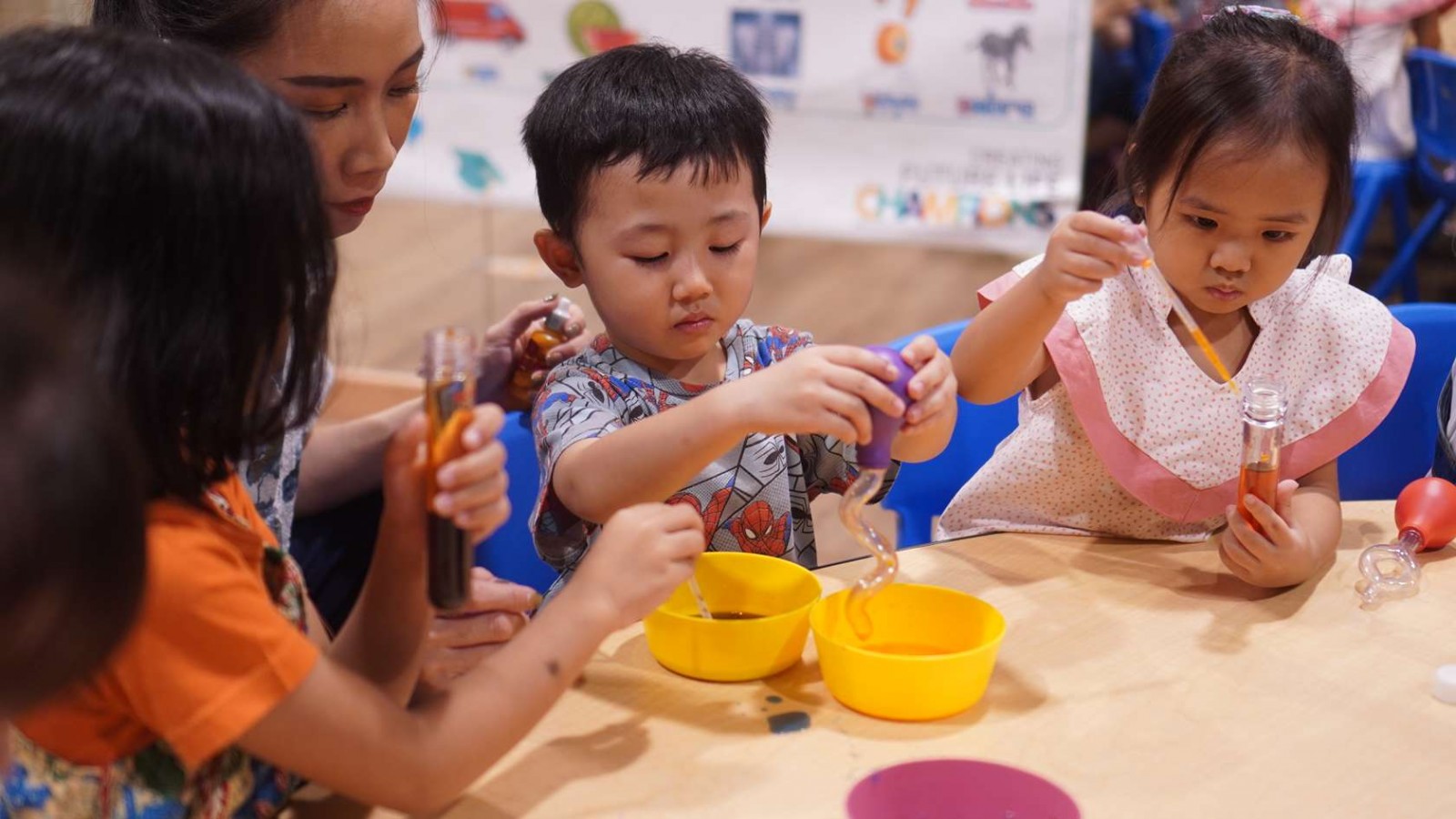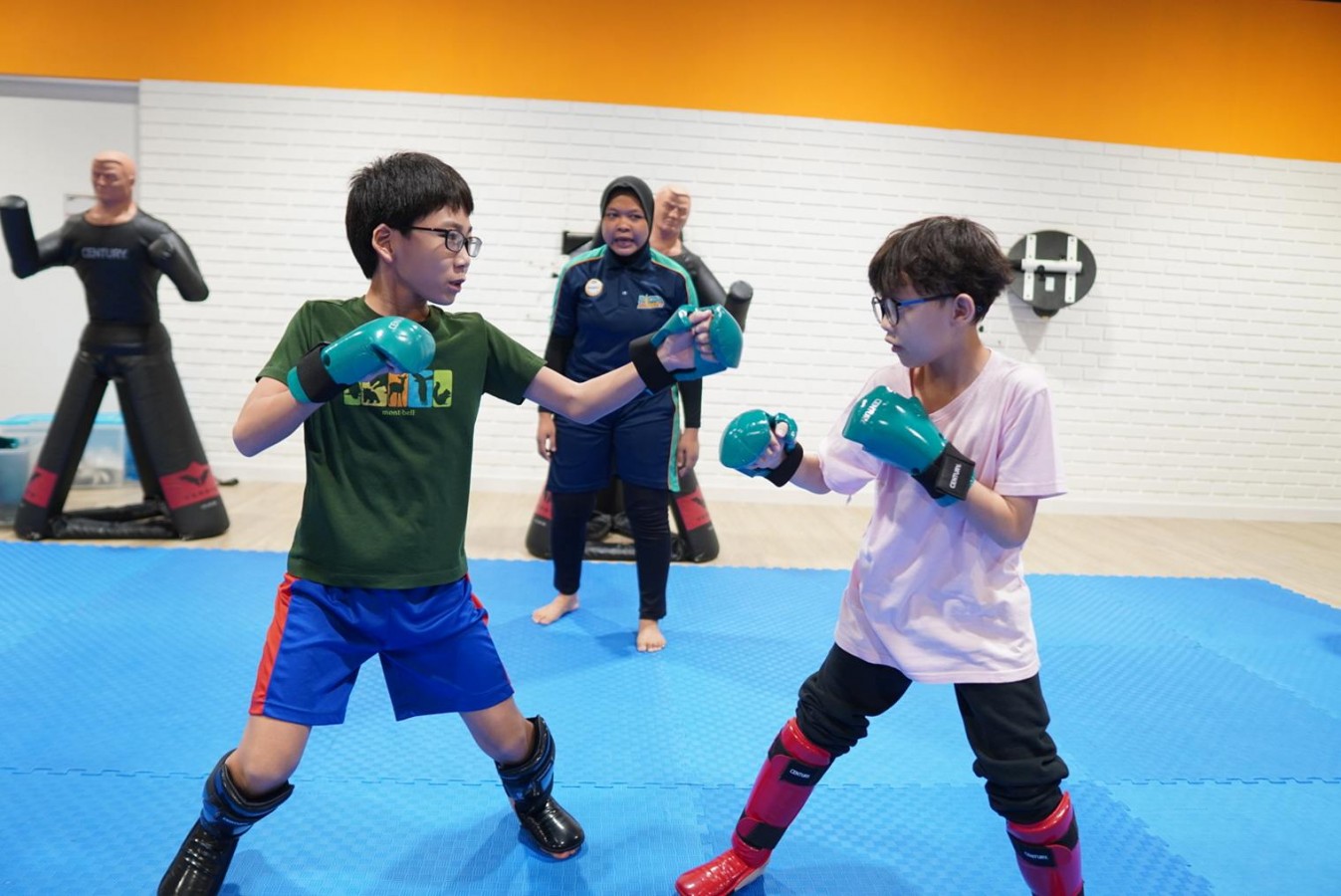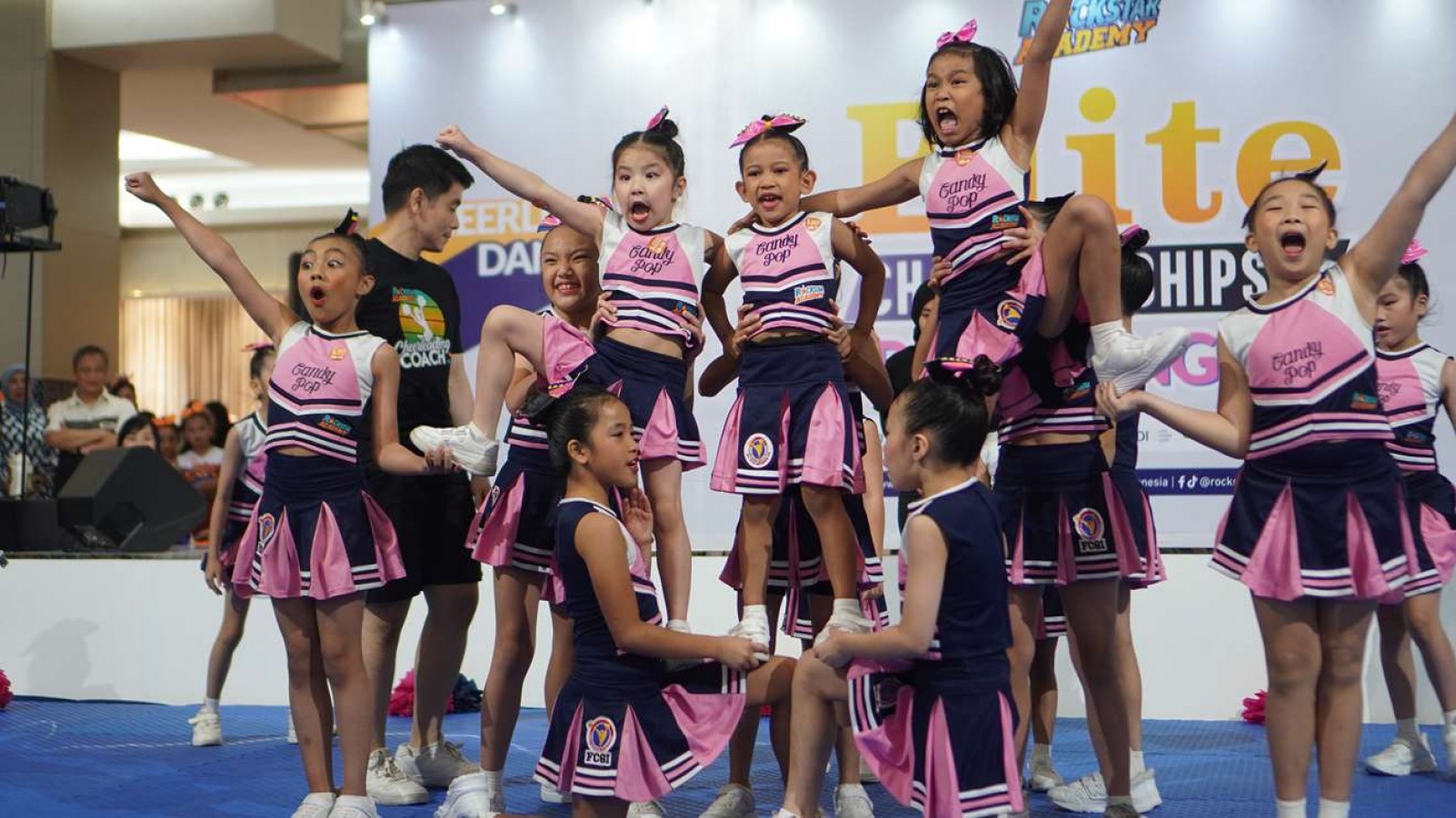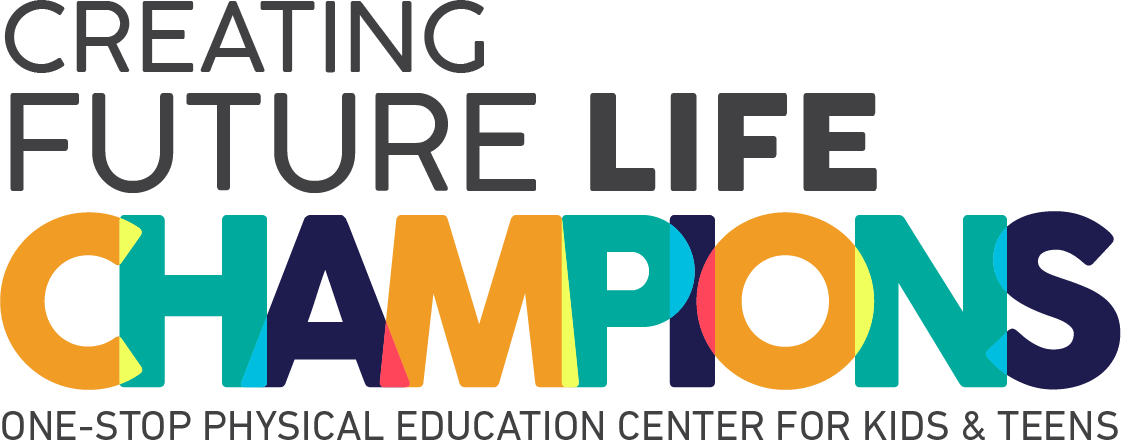12 Measuring Activities for Preschoolers and Why Is It Important

Measurement is a fundamental concept that helps children understand the world around them. Teaching preschoolers about measurement is not only important for their mathematical development, but it also enhances their problem-solving skills, spatial awareness, and ability to compare objects.
Through fun and interactive measurement activities, preschoolers can grasp these concepts in a way that is engaging and meaningful. In this article, we'll explore 12 fun measuring activities for preschoolers and explain why it's crucial to introduce them to measurement early on.
Why Is It Important to Teach Preschoolers About Measurement?
Before we dive into the activities, let's discuss why teaching measurement to preschoolers is so important.
A. Foundation for Math Skills
Measurement is one of the basic math concepts that children will use throughout their lives. Understanding measurement helps children develop other math skills like addition, subtraction, and geometry.
B. Enhances Problem-Solving Skills
Measuring requires children to think critically and solve problems. For example, they might need to figure out which container can hold more water or how many blocks long their toy is.
C. Encourages Comparison and Estimation
By learning to measure, children begin to understand how to compare sizes, lengths, and volumes, which helps them make estimations and predictions.
D. Builds Vocabulary and Communication
Measurement activities introduce children to new vocabulary words such as "tall," "short," "heavy," "light," "long," and "wide." This helps in enhancing their communication skills.
12 Measuring Activities for Preschoolers
Now, let’s explore 12 fun measuring activities that will help preschoolers understand these important concepts:
1. Measuring with Blocks
Measuring with blocks is a fantastic way for children to understand the concept of length. By using blocks as a non-standard unit, they can grasp how objects vary in size and begin to understand measurement in a concrete way.
This activity also provides an excellent opportunity for learning numbers, as children count the number of blocks used to measure each object.
How to Do It:
- Gather a variety of blocks, such as Lego or wooden blocks.
- Choose an object in the room (like a book, a toy, or a table) and ask your preschooler to measure its length by lining up the blocks end-to-end.
- Count how many blocks it takes to cover the length of the object.
2. Height Chart
Tracking growth through a height chart is an exciting way for children to visually see how much they’ve grown over time. This activity not only sparks their interest but also teaches them about different units of measurement, such as inches or centimeters.
Additionally, regularly marking their height and observing their progress can significantly boost their self-esteem, encouraging a positive body image as they take pride in their growth and development.
How to Do It:
- Create a height chart on a wall using a ruler or measuring tape.
- Mark your child’s height at regular intervals, such as every few months.
- Use a marker to write the date next to each height mark so they can see how much they’ve grown.
3. Water Play Measurement
Engaging in water play is an excellent way to introduce children to the concepts of volume and capacity. Through activities like pouring water between different containers, they begin to understand how much each can hold.
This type of play also enhances their comparative skills as they learn to compare different quantities and make predictions about which containers will hold more or less water.
How to Do It:
- In a water play area, provide your child with measuring cups, spoons, and various containers.
- Let them pour water from one container to another and ask them to compare how much water each container holds.
- Encourage them to predict which container will hold more or less water.
4. Measuring with String
Using string to measure objects offers several benefits for young children. Handling and cutting the string is a great way to enhance their fine motor skills, as they develop better control and precision in their movements.
This activity also helps them understand the concept of length in a concrete manner, allowing them to compare the lengths of different objects in a way they can physically see and touch.
How to Do It:
- Give your child a ball of string and let them cut pieces to match the length of different objects around the house, like a book, a toy car, or a table.
- They can then compare these pieces of string to see which objects are longer or shorter.
5. Footprint Measuring
Measuring with footprints offers children a personalized and engaging way to learn about measurement by using their own body as a reference. This approach not only makes the concept more relatable but also captures their interest.
By comparing their footprints with others, children begin to understand the idea of "bigger" and "smaller," developing their comparison skills in a practical and fun way.
Additionally, the act of tracing their footprints and cutting them out enhances their motor skills, improving hand-eye coordination and precision in their movements.
How to Do It:
- Have your child step on a piece of paper and trace around their foot.
- Cut out the footprint and use a ruler to measure its length.
- You can also compare the size of their footprint with others in the family.
6. Cooking and Baking
Involving children in cooking activities teaches them practical measurement skills that they can apply in everyday life, such as measuring ingredients for recipes. This hands-on experience not only makes learning fun but also valuable for future tasks.
As they follow a recipe, they gain a better understanding of sequences and the importance of following instructions step by step.
How to Do It:
- Involve your child in cooking or baking by having them measure out ingredients like flour, sugar, and water.
- Use measuring cups and spoons, and guide them in following a recipe step-by-step.
7. Measuring with Toys
Measuring familiar toys is an engaging activity that captures children's interest, making learning about measurement fun and relatable. As they explore the sizes of their favorite toys, they naturally pick up important measurement vocabulary, such as “short,” “tall,” “long,” and “wide.”
This activity also enhances their sorting skills, as they learn to categorize and organize the toys based on size, helping them develop a better understanding of how to group and compare objects.
How to Do It:
- Gather a collection of small toys or objects.
- Have your child use a ruler or measuring tape to measure the length or height of each toy.
- You can also ask them to line up the toys from shortest to tallest.
8. Measuring with Hands and Feet
Using their own bodies as measurement tools helps children develop greater body awareness, allowing them to understand how their hands, feet, and other body parts can be used in practical ways.
This activity also encourages the development of estimation skills, as they make guesses about how many hand spans or feet it will take to measure various objects.
How to Do It:
- Ask your child to measure objects using their hands or feet.
- For instance, they can measure the length of a rug by counting how many feet long it is or the height of a chair by counting hand spans.
9. Weight Sorting
Introducing children to the concept of weight through hands-on activities helps them understand this fundamental measurement in a tangible way. As they weigh different objects, they practice important numeracy skills by reading the scale and recording the weights.
How to Do It:
- Provide your child with a variety of small objects like toys, rocks, or fruits, and a scale.
- Have them weigh each object and sort them from lightest to heaviest.
10. Comparing Sizes with Shadows
Measuring shadows provides an engaging introduction to basic concepts of light and how it creates shadows, fostering a sense of scientific curiosity. This activity also enhances spatial awareness by helping children understand how objects interact with light and cast shadows of varying lengths.
How to Do It:
- On a sunny day, take your child outside to observe and measure their shadows.
- They can measure the shadow with a ruler or tape measure at different times of the day to see how it changes.
11. Estimating and Measuring Distance
Combining physical play with learning, this activity keeps children active and engaged while they measure distances. It helps them develop estimation skills as they make guesses about how far they can throw or roll an object.
How to Do It:
- Give your child a ball or bean bag and ask them to estimate how far they can throw or roll it.
- After making their guess, measure the actual distance with a tape measure and compare it to their estimate.
12. Nature Measurement Hunt
This activity connects children to the natural world as they measure and explore various natural objects, fostering a deeper appreciation for their environment. As they compare the sizes and lengths of different items, they practice essential comparative skills.
How to Do It:
- Take your child on a nature walk and bring a ruler or tape measure.
- Have them measure different natural objects like leaves, sticks, and rocks.
- You can also compare sizes and make a chart of their findings.
Which Measuring Activities for Preschoolers You Will Try?
Incorporating measurement activities into your child's learning routine can significantly enhance their understanding of basic concepts while keeping them engaged and motivated.
If you are looking for a preschool that provides an enriching experience, consider enrolling your child in the Preschool and Kindergarten program at Rockstar Academy.
At Rockstar Academy, your child will not only enjoy a variety of physical activities, events, and competitions tailored to different ages, skill levels, and interests, but will also benefit from a well-rounded education.
These experiences foster academic, social, and emotional growth, teaching valuable lessons in teamwork and skill development. To get started, take advantage of our free trial class and see for yourself how Rockstar Academy can support your child’s development. Contact us today to learn more!
FAQs
At what age should I start teaching my child about measurement?
You can start introducing basic measurement concepts as early as age 3 or 4. Simple activities like comparing sizes or using terms like “big” and “small” can help build foundational skills.
How do I make measurement activities fun for my preschooler?
Use everyday objects and play-based activities to keep your child engaged. Incorporating measurement into playtime, cooking, or outdoor activities makes it fun and relevant.
What measurement tools are appropriate for preschoolers?
Preschoolers can use rulers, measuring tapes, scales, and measuring cups. You can also use non-standard tools like blocks, string, or their own hands and feet.



